Comprehensive Guide to Automotive Air Conditioning Repair
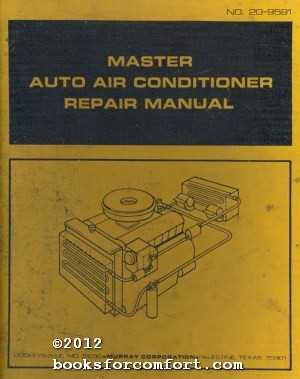
In the realm of modern transportation, maintaining a comfortable environment within vehicles is crucial for an enjoyable driving experience. The technology responsible for regulating temperature plays a significant role, and understanding its components can enhance performance and longevity. This section aims to equip readers with the knowledge necessary to diagnose and address common issues that may arise.
Over time, various factors can lead to a decline in system efficiency, including wear and tear or external elements. By familiarizing oneself with the intricate workings of these systems, one can identify symptoms of malfunction and take appropriate actions to restore functionality. This guide will cover essential techniques and tips to ensure optimal performance throughout the seasons.
Whether you’re a seasoned professional or a novice enthusiast, knowing how to troubleshoot and maintain these essential mechanisms is invaluable. Gaining insight into the intricate design and operation of temperature control systems will empower individuals to make informed decisions and enhance their vehicles’ comfort level.
Understanding Automotive Air Conditioning Systems
In modern vehicles, maintaining a comfortable internal environment is essential for an enjoyable driving experience. This involves a complex system designed to regulate temperature and humidity, ensuring optimal comfort for occupants regardless of external weather conditions.
Components of the System
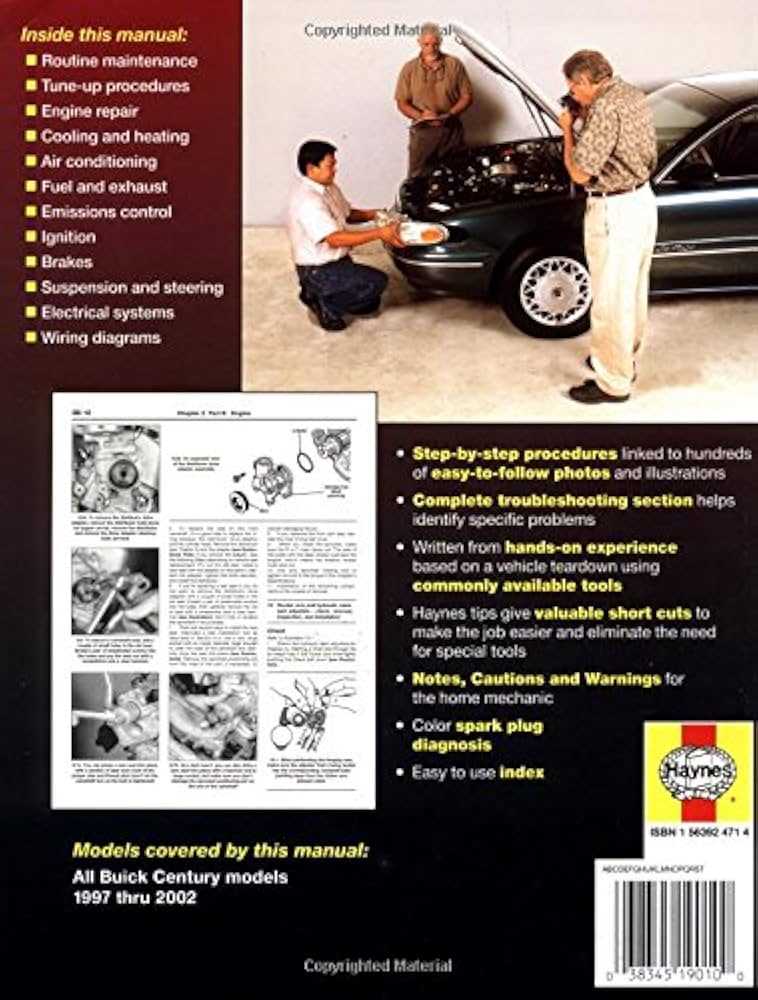
The effective operation of this system relies on several key components, each playing a vital role in the overall functionality:
- Compressor: This component compresses refrigerant and circulates it throughout the system.
- Condenser: Here, the refrigerant releases heat and transforms from gas to liquid.
- Expansion Valve: This device regulates the flow of refrigerant into the evaporator.
- Evaporator: In this unit, the refrigerant absorbs heat from the interior, cooling the cabin.
How the System Operates
The process begins with the compressor, which pressurizes the refrigerant and pushes it toward the condenser. As the refrigerant moves through the condenser, it loses heat to the outside environment, changing from a gas to a liquid. This liquid then flows through the expansion valve, where it experiences a drop in pressure and temperature. The cold refrigerant enters the evaporator, absorbing heat from inside the vehicle and providing a comfortable atmosphere. Finally, the cycle repeats as the refrigerant returns to the compressor.
Understanding these components and their interactions is crucial for diagnosing issues and ensuring the system operates efficiently.
Common Air Conditioning Issues
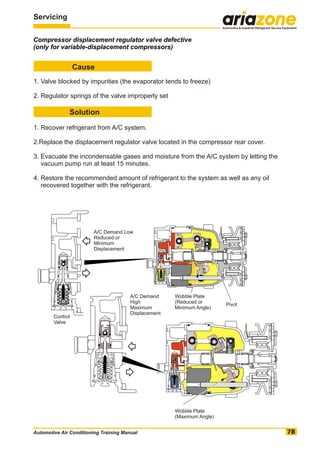
Several challenges can arise with cooling systems in vehicles, affecting their performance and efficiency. Understanding these common problems is crucial for timely intervention and maintenance, ensuring a comfortable driving experience.
Typical Symptoms
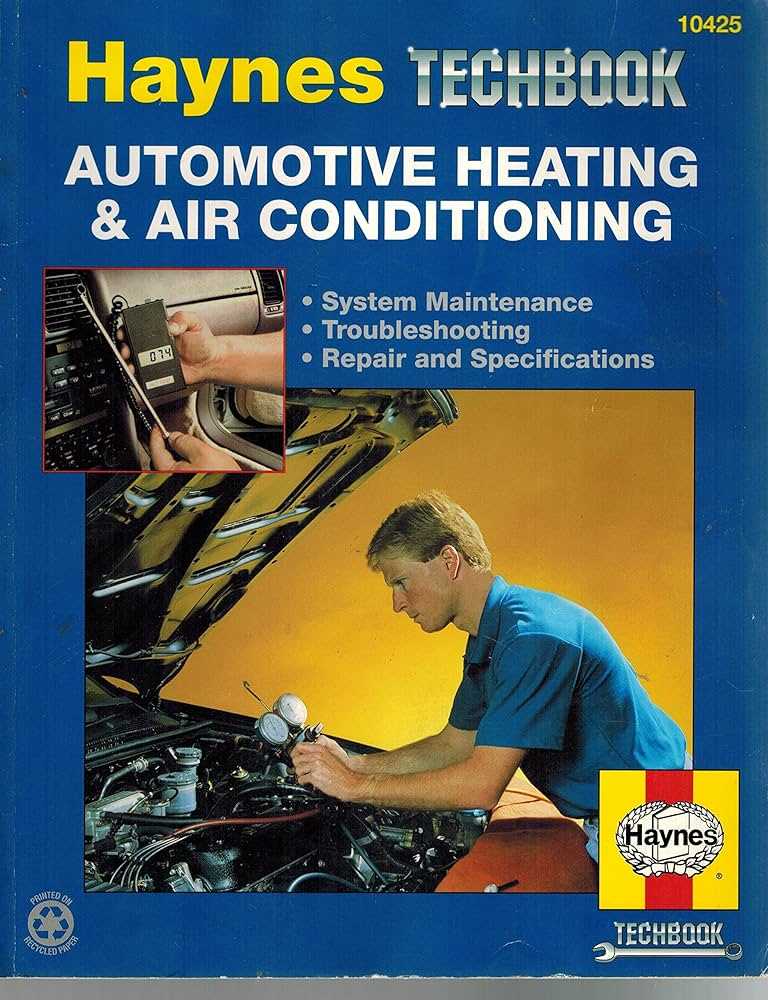
- Insufficient cooling
- Unusual noises during operation
- Odors emanating from the vents
- Inconsistent temperature control
- Leaks or moisture accumulation
Common Causes

- Refrigerant Issues: Low levels or leaks in the refrigerant can hinder the system’s ability to cool effectively.
- Clogged Filters: Dust and debris accumulation can restrict airflow, impacting performance.
- Compressor Failures: The compressor is vital for circulating the refrigerant; its malfunction can lead to system failure.
- Electrical Problems: Faulty wiring or blown fuses may disrupt power to the system.
- Condenser Problems: Blockages or damage to the condenser can impair heat exchange, causing overheating.
Diagnostic Tools for AC Repairs
Understanding the intricacies of climate control systems requires specific instruments that assist in identifying issues effectively. Utilizing the right tools ensures accurate diagnostics, leading to efficient solutions. From pressure gauges to electronic scanners, each device plays a vital role in assessing the functionality of the system.
Pressure gauges are essential for measuring refrigerant levels, helping to pinpoint whether there are leaks or overcharging. Electronic diagnostic tools provide real-time data on system performance, allowing technicians to monitor various parameters and detect faults quickly. Additionally, leak detection kits are crucial for identifying potential issues that may not be visible to the naked eye.
Thermometers are also valuable, as they help evaluate temperature differentials within the system, ensuring that it operates within optimal ranges. By integrating these tools into the diagnostic process, professionals can achieve a comprehensive understanding of system performance and address problems more effectively.
Step-by-Step Repair Techniques
This section aims to guide you through systematic methods for troubleshooting and fixing climate control systems in vehicles. By following a structured approach, you can effectively identify issues and implement solutions, ensuring optimal performance.
1. Diagnosis: Begin by evaluating the system’s performance. Listen for unusual sounds and check for visible leaks or damages. Utilize diagnostic tools to gather error codes that can pinpoint specific malfunctions.
2. Inspection: Thoroughly examine all components, including compressors, evaporators, and condensers. Look for signs of wear, corrosion, or obstructions that could impede function. Pay close attention to connections and hoses.
3. Disassembly: Carefully disassemble the necessary parts to access internal mechanisms. Ensure that you document the process with notes or photographs to aid reassembly. Handle all components with care to avoid further damage.
4. Repair or Replacement: Depending on your findings, either repair the damaged components or replace them entirely. Use quality parts that meet manufacturer specifications to maintain system integrity and performance.
5. Reassembly: Once repairs are completed, reassemble the system according to your documentation. Ensure all connections are secure and components are positioned correctly. Take your time to avoid mistakes.
6. Testing: After reassembly, test the system thoroughly. Check for leaks, listen for unusual noises, and monitor performance under various conditions. Ensure that the climate control functions as intended.
7. Final Inspection: Conduct a final review of the entire system. Confirm that all tools and materials are cleared from the workspace and that everything is properly secured. Document the repairs made for future reference.
By following these systematic steps, you can enhance your proficiency in troubleshooting and restoring vehicle climate control systems, ensuring they operate efficiently and reliably.
Maintaining Your AC System
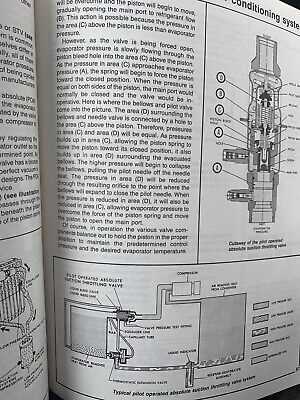
Regular upkeep of your climate control setup is essential for ensuring optimal performance and longevity. By following a few key practices, you can prevent issues before they arise and enhance the overall efficiency of the system.
Key Maintenance Tips
Implementing routine checks and procedures will keep your system in top shape. Below are some important tasks to consider:
| Task | Frequency | Description |
|---|---|---|
| Check refrigerant levels | Annually | Ensure the fluid is at optimal levels to avoid performance drops. |
| Inspect hoses and connections | Bi-annually | Look for wear or leaks that could lead to failures. |
| Clean or replace filters | Every 6 months | Maintain airflow efficiency by keeping filters clear of debris. |
| Check system operation | Monthly | Monitor the performance to catch any unusual sounds or inefficiencies. |
Signs of Trouble
Being aware of warning signs can help you address problems early. Unusual noises, poor airflow, or strange odors are indicators that maintenance is needed. Prompt attention can save time and money in the long run.
Identifying Refrigerant Leaks
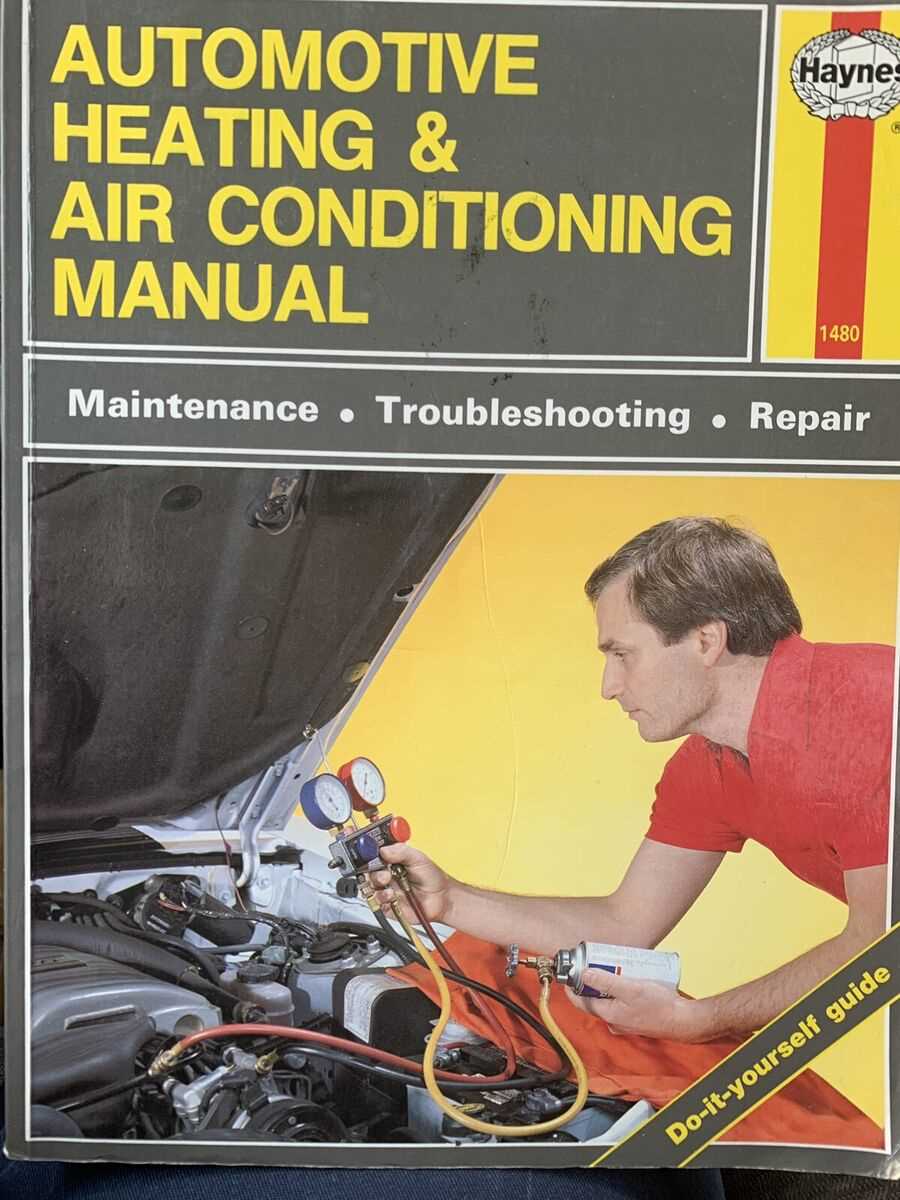
Detecting leaks in the cooling system is crucial for maintaining optimal performance and efficiency. Small amounts of refrigerant escaping can lead to decreased effectiveness and increased energy consumption. Understanding how to spot these leaks early can save time and resources while ensuring a comfortable environment.
Common Symptoms of Leaks
Several indicators can suggest the presence of refrigerant leaks. Awareness of these signs can help in early identification and prompt action.
| Symptom | Description |
|---|---|
| Reduced Cooling Efficiency | The system struggles to maintain desired temperatures, resulting in inadequate cooling. |
| Unusual Noises | Hissing or bubbling sounds may indicate escaping refrigerant. |
| Visible Signs of Oil | Oil stains around connections or components may signify refrigerant leakage. |
| Frost on Components | Frost build-up on pipes or parts can indicate low refrigerant levels due to leaks. |
Methods for Leak Detection
Various techniques can be employed to locate leaks effectively. Utilizing the right method can enhance accuracy and efficiency in the troubleshooting process.
| Method | Description |
|---|---|
| Visual Inspection | A thorough examination of components for oil residue or frost can reveal potential leaks. |
| Electronic Leak Detectors | These devices can sense the presence of refrigerant gases in the atmosphere. |
| Soap Solution | Applying soapy water to joints and connections can help identify leaks through bubbling. |
| UV Dye | Adding UV dye to the system allows for easier detection of leaks under black light. |
Replacing AC Components Safely
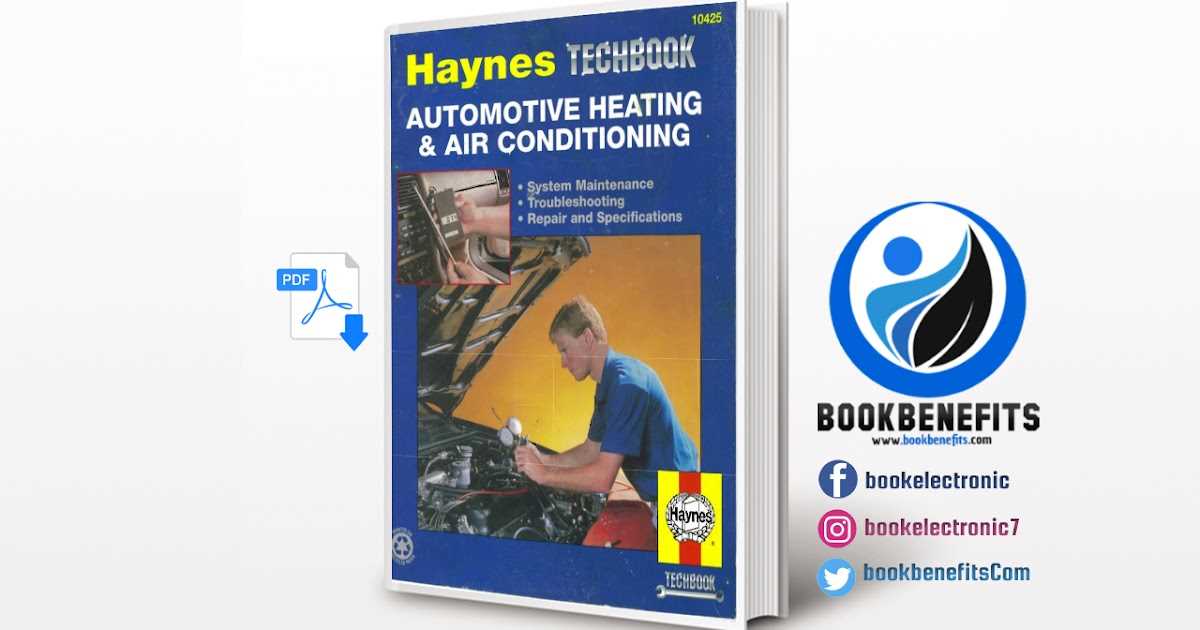
Ensuring the proper functioning of a cooling system requires careful attention to safety protocols during the replacement of various elements. Adhering to specific guidelines not only protects the technician but also preserves the integrity of the entire system. This section outlines essential practices for the secure handling and installation of critical parts.
Before beginning the replacement process, it’s crucial to gather all necessary tools and equipment. This preparation minimizes the risk of accidents and allows for a more efficient workflow. Always ensure that you have the right protective gear, including gloves and safety goggles, to safeguard against potential hazards.
| Component | Safety Tip |
|---|---|
| Compressor | Always relieve pressure before disassembly to prevent sudden release of refrigerant. |
| Condenser | Handle with care to avoid damage; use appropriate lifting techniques. |
| Expansion Valve | Ensure the system is completely shut off to prevent leaks. |
| Receiver-Drier | Replace seals properly to avoid contamination and ensure system efficiency. |
Following these guidelines will help mitigate risks associated with replacing critical system elements. By prioritizing safety, technicians can contribute to the longevity and performance of the entire cooling system.
Understanding Climate Control Settings
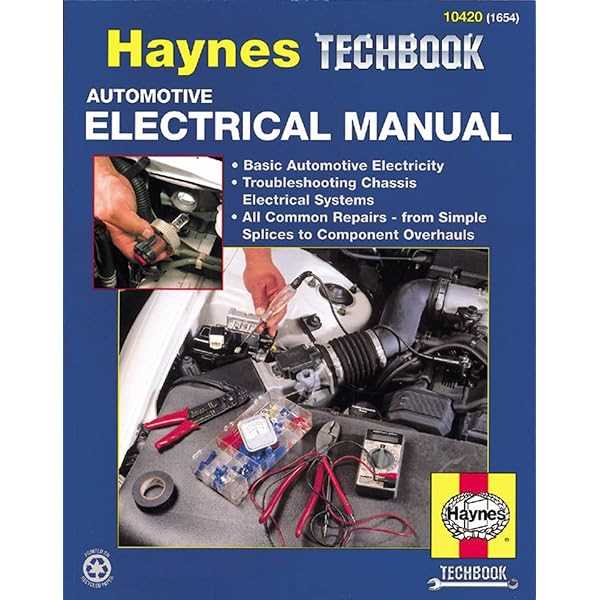
Mastering the settings for maintaining a comfortable atmosphere in your vehicle is essential for both driver and passenger satisfaction. These controls allow for precise management of temperature and airflow, ensuring a pleasant experience regardless of external conditions. Understanding how each function operates can enhance comfort and efficiency while minimizing energy consumption.
Key Components of Climate Management
Familiarize yourself with the main elements that contribute to effective climate management. The temperature selector adjusts the warmth or coolness within the cabin, while the fan speed regulates the intensity of airflow. Additionally, modes such as defrost and recirculation optimize the environment for specific needs, such as clearing visibility or conserving energy.
Tips for Optimal Usage
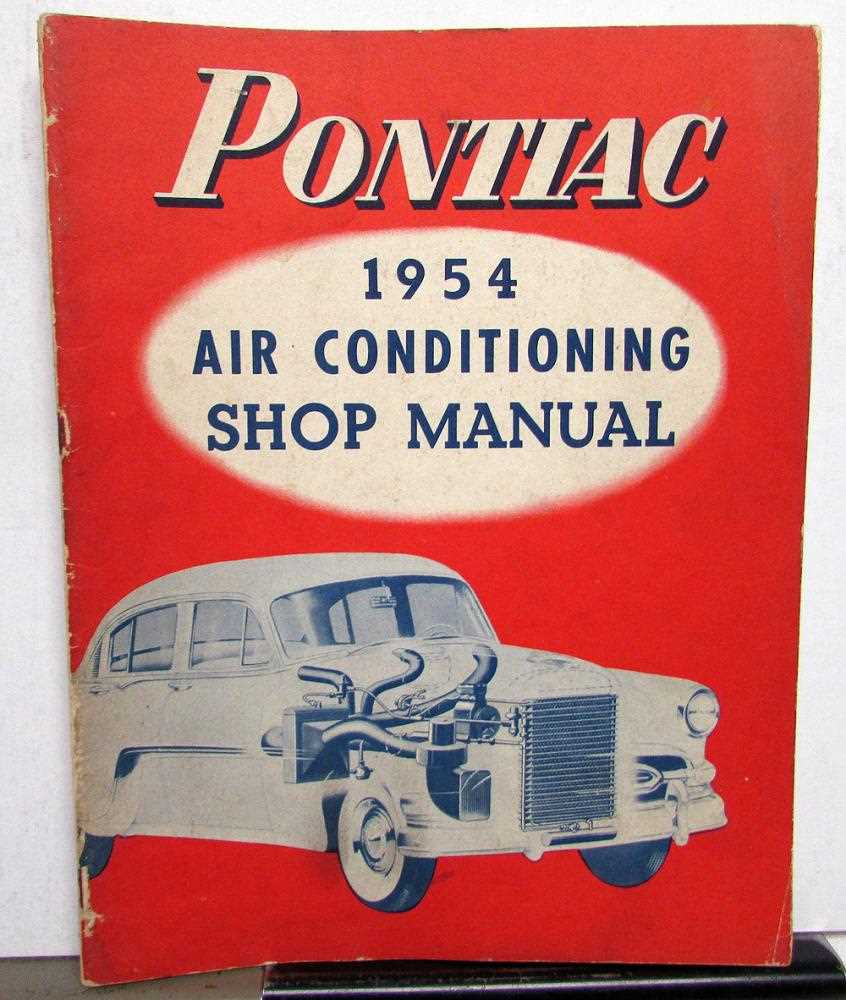
To achieve the best results, it is advisable to use the system judiciously. Setting the temperature to a moderate level can prevent excessive energy use and maintain system efficiency. Utilizing the recirculation feature when the outside air is less desirable can enhance cooling or heating performance. Regular maintenance checks are also crucial to ensure all components function effectively, ultimately prolonging the life of the system.
Preventive Measures for AC Longevity

Maintaining a cooling system’s efficiency is essential for ensuring its long-term functionality. By implementing certain strategies, you can extend its lifespan and enhance performance, preventing costly breakdowns and repairs.
Regular Maintenance Checks
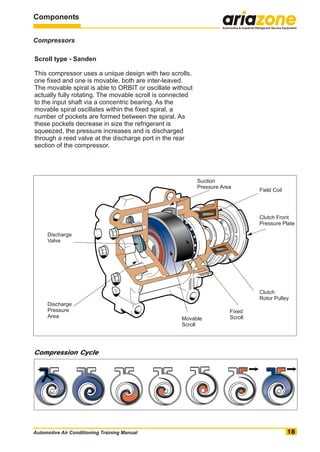
- Schedule periodic inspections to identify potential issues before they escalate.
- Replace filters regularly to ensure optimal airflow and reduce strain on the system.
- Clean coils and condenser units to maximize heat exchange efficiency.
Proper Usage Techniques
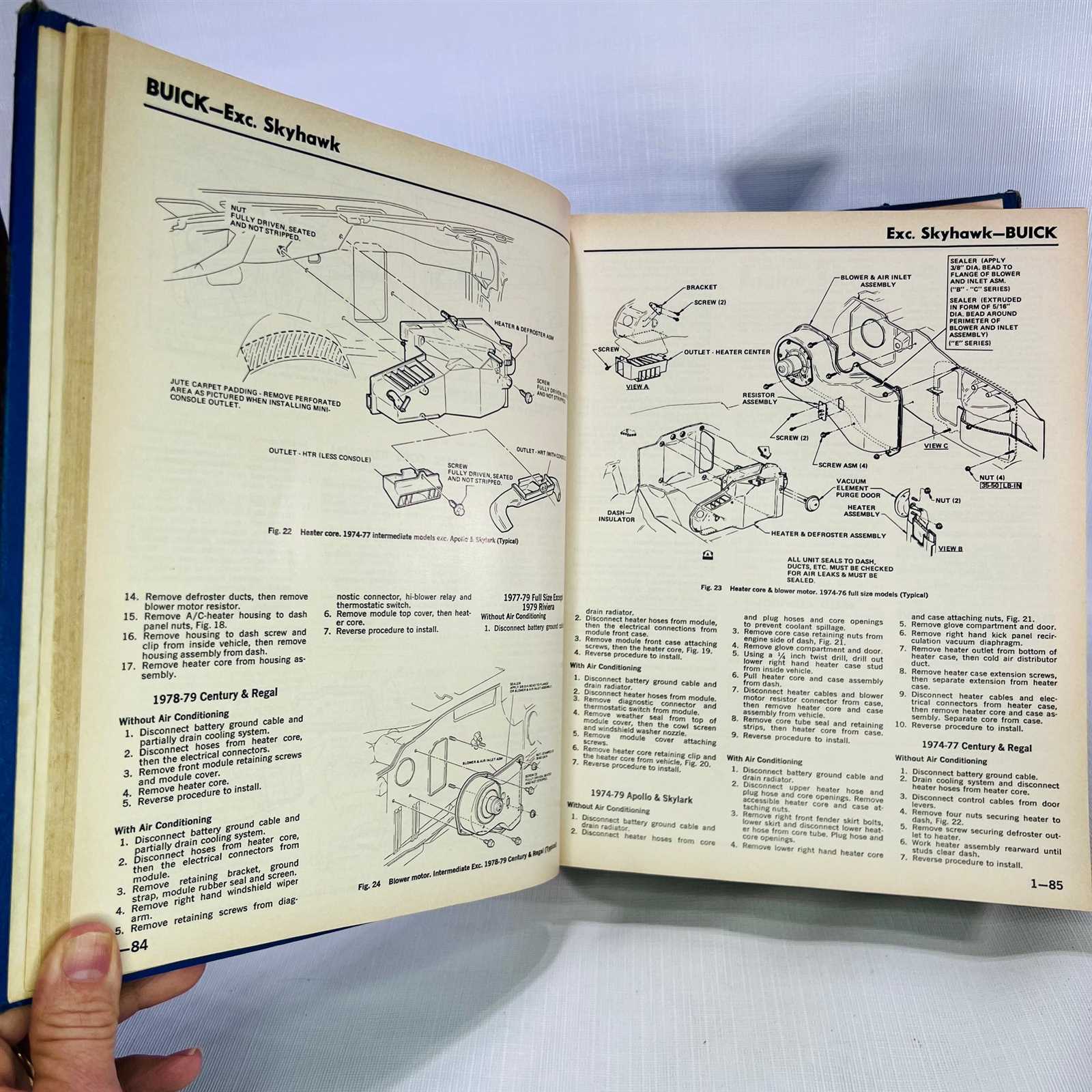
- Use the system regularly to keep the components lubricated and functioning smoothly.
- Avoid setting the temperature to extreme levels to reduce energy consumption and wear.
- Park in shaded areas when possible to minimize system load during operation.
Professional vs. DIY Repair Approaches
When it comes to addressing issues with vehicle climate systems, two main approaches emerge: seeking expert assistance or tackling the problem independently. Each option presents its own set of advantages and challenges, making it essential to consider various factors before deciding on the best course of action.
Engaging a professional often ensures a high level of expertise and access to specialized tools that might be difficult for the average individual to obtain. Professionals typically possess extensive training and experience, allowing them to diagnose and resolve complex issues more efficiently. Furthermore, they can provide warranties for their work, offering peace of mind to the vehicle owner.
On the other hand, choosing a do-it-yourself method can be appealing for those who enjoy hands-on projects and wish to save on labor costs. With the right resources and a willingness to learn, many individuals can successfully handle minor issues. This approach also fosters a sense of accomplishment and can lead to valuable skills development over time.
Ultimately, the decision between professional services and self-service techniques depends on the individual’s experience level, the complexity of the problem, and their comfort with potentially investing time and effort into the task at hand.
Cost Considerations for AC Services
Understanding the financial aspects of climate control system maintenance is crucial for vehicle owners. Various factors influence pricing, and being informed can help you make sound decisions regarding service options.
Here are key elements that affect the overall expenses:
- Type of Service:
- Basic inspection and maintenance
- Component replacement
- System recharge
- Labor Rates: Costs may vary based on location and the expertise of the technicians involved.
- Parts Quality:
- OEM vs. aftermarket components
- Availability of parts
- Seasonal Demand: Prices may rise during peak times, such as summer months when many seek to optimize their systems.
By considering these factors, you can better prepare for the financial commitments associated with maintaining your vehicle’s climate control system.